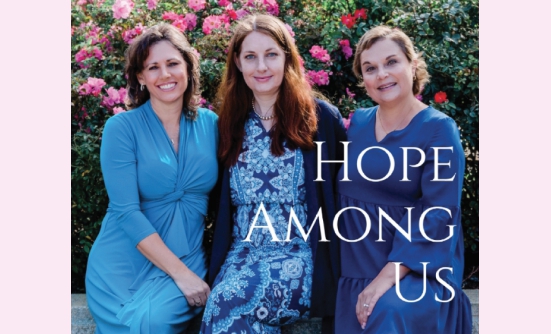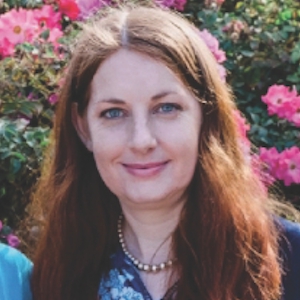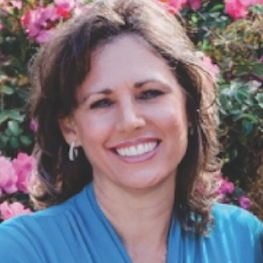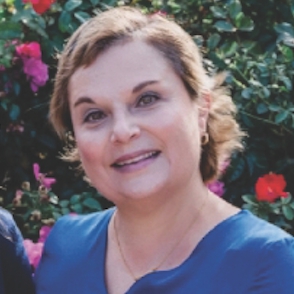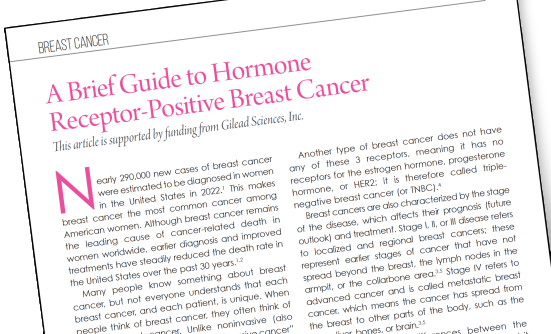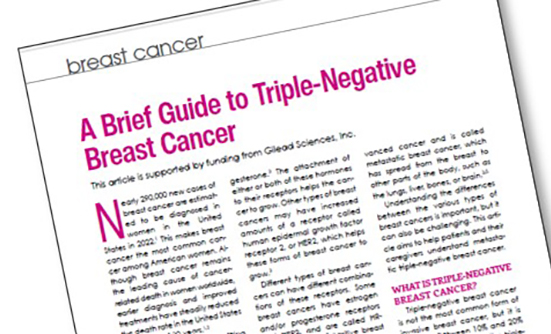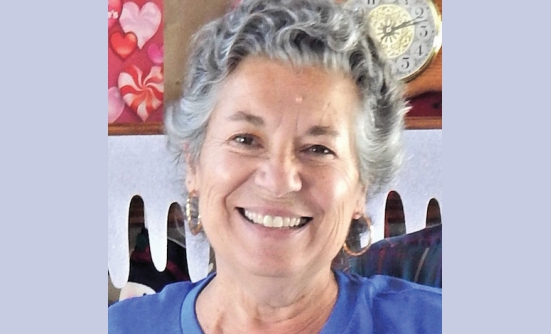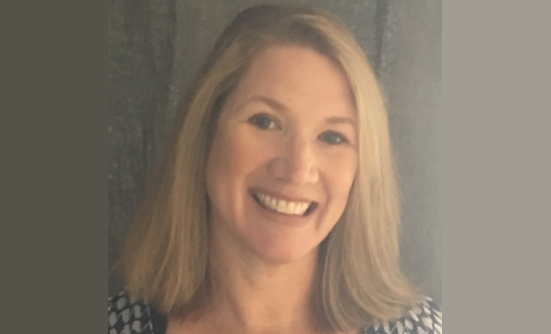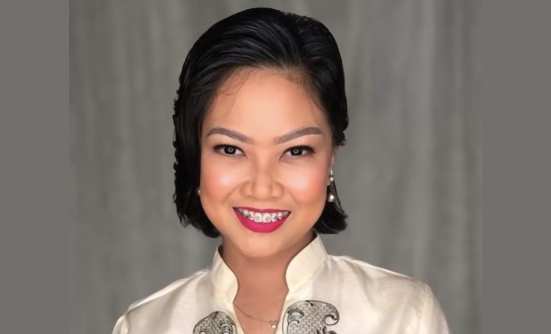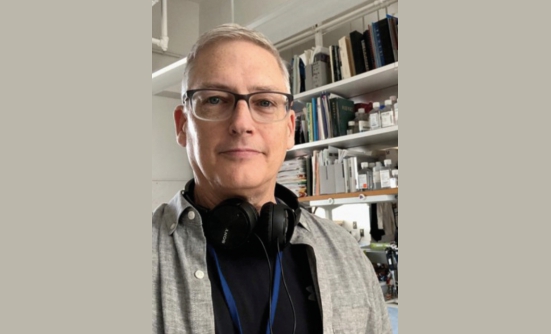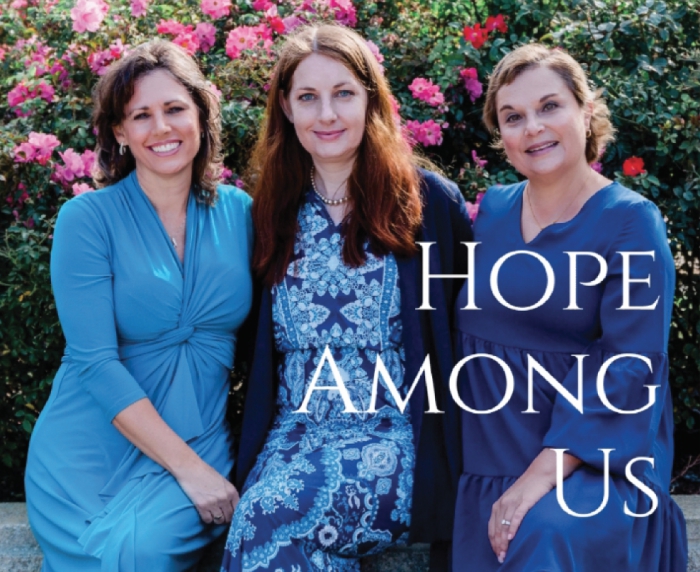
Nine years ago, Rhonda and Mari met when their sons started preschool in the same class. And Rhonda and Jennifer met 5 years ago, when their daughters started kindergarten together. We all became friends through our children, and have many shared experiences, including our breast cancer diagnoses.
Our Many Bonds
We also had another bond: all 3 of us were diagnosed with the same kind of breast cancer—ER-positive, PR-positive, HER2-negative invasive ductal carcinoma. We were all diagnosed at the same hospital at a young age (between ages 37 and 42). In addition, we are all daughters of breast cancer survivors.
Despite our similarities, we each had unique challenges in our breast cancer journeys. Rhonda had a variant of uncertain significance on her BRCA2 gene, and had 13 tumors. Jennifer was diagnosed in 2012 and had a recurrence in 2019. Mari had 11 positive lymph nodes, and has dealt with getting treatment during COVID-19.
Sharing Our Experiences
During the COVID-19 pandemic, we all met to provide support and encouragement, because Jennifer and Mari were still going through treatment. As young breast cancer survivors, we decided to collaborate and document our experiences on paper, which led to our recently published book—Hope Among Us: Stories of Three Young Breast Cancer Survivors.
This book was written for patients with breast cancer, cancer survivors, caregivers, healthcare providers, and anyone intrigued by the rise of breast cancer in young women.
In this book, we share our unique perspectives, while exploring our experiences battling breast cancer through the optimistic and inspirational lens of hope. We present our experiences through different lenses of time in survivorship—1 month, 6 months, and 3 years.
What the Book Offers
In this book, we provide raw, honest accounts of our breast cancer journeys. We also interviewed our mothers to understand their experiences as breast cancer survivors.
In addition, we interviewed our spouses and children for their perspectives on how cancer affects the entire family. And we share resources that other people can use during their treatment and survivorship periods.
Our stories of hope and triumph are told in the following 5 chronological parts:
I. Our Lives Before Cancer
II. Our Diagnoses
III. Treatment
IV. Interviews
V. Survivorship and Resources.
Part I introduces our personal backgrounds and focuses on major life events, family composition, and medical history that help form our backstories.
Part II recounts in detail each author’s specific experience of receiving a breast cancer diagnosis and her decision-making process.
Part III covers our treatments, including chemotherapy, radiation, surgeries, and hormone therapy. One of Jennifer’s surgeries, and part of Mari’s chemotherapy, radiation, and surgeries, occurred during COVID-19, which greatly affected our treatments. The COVID-19 pandemic has challenged us in several ways. Mari aptly used the term “C-squared” to describe the experience of cancer during COVID-19.
Part IV explores our breast cancer diagnoses and treatment through the eyes of family members. We interviewed our mothers as breast cancer survivors to reflect their unique perspectives. We also interviewed our spouses to understand the experience of cancer from family members. And we interviewed our combined 8 children, ranging in age from 7 to 22, and captured a wide developmental perspective. The book is available on Amazon.
Navigating Survivorship
The final part is focused on how we are navigating the survivorship phase and provides relevant resources for other survivors.
The first 2 chapters provide 2 unique lenses of survivorship—social and spiritual—that can be used to foster resilience in survivorship. Rhonda’s 2 main survivorship programs coincided with COVID-19.
Marquina Iliev-Piseli, a breast cancer survivor and an author in New York, shared her perspective on the book: “I love this book. Thanks to the 3 women who are profiled in these stories. They show the entire journey through all the phases of dealing with a cancer journey and recovery…and sometimes recurrence. This book is a great gift for anyone going through breast cancer diagnosis for the first, or perhaps the second time. Big love and hugs to anyone touched by cancer.”
Another author in California, Gloria Ng, observed: “What I found most wonderful about the book is the plethora of resources available for other people who may be experiencing the effects of breast cancer on family life. Their stories also include braving treatment and travel during the global pandemic brought about by COVID-19. In essence, I highly recommend this book for newly diagnosed patients and survivors and their families and allies and anyone who is interested in understanding how breast cancer affects people and their families.”





